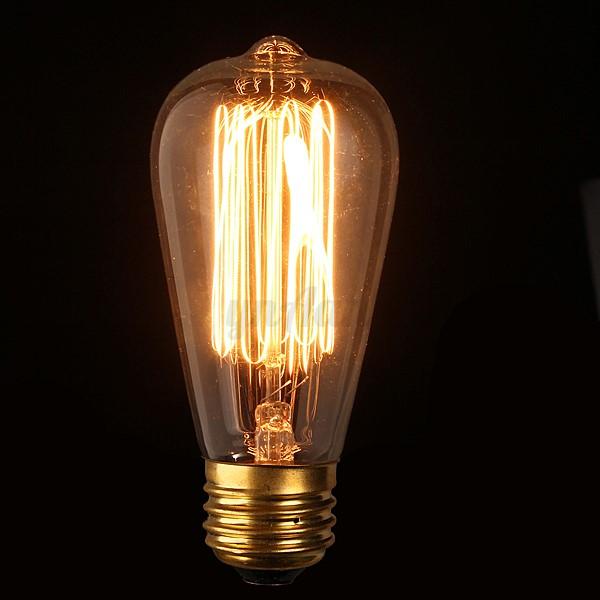
3 minute read
19 The Light Bulb by Annabel

Many of you have heard of Thomas Edison as he is often credited as being the inventor behind the incandescent light bulb, but did you know that before him British inventors were demonstrating the capabilities of electric light through their arc lamps (types of electrical lamps). The first constant electric light was demonstrated in 1835 and for years after it scientists worked with incandescent lamps , changing the filament (the part of the bulb that produces light) and the bulbs atmosphere (whether the lamp has a vacuum or if it is filled with another gas). But there was a problem with these bulbs. They were extremely inefficient, expensive to produce and used too much energy. So, more thinking was required before they could be of any use.
Advertisement
These problems seemed to be answered by a bulb created by Toman Edison who often credited with the invention of the light bulb. He patented his first sucessful bulb in 1879 which had a bamboo filament. This bulb was able to last 1,200 hours and seemed to solve many of the issues that occurred with previous light bulbs. Because of this the bamboo filament because the standard filament for all his lightbulbs produced in the next 10
years. Edison is also rightfully credited with creating the standard screw fitting all our current light bulbs have. Not only did he improve the light bulb, but he also developed a whole range of inventions that helped make the use of light bulbs practical. He demonstrated that electricity could be distributed from a centrally located generator though conduits (channels that electricity can pass through) and wires. He also developed the first commercial power unit and an electric meter so customers could see how much electricity they were using. Artificial lighting had now gone from something that could only be produced in a lab to something that was commercially viable.

As demand grew so did researchers desire to see if they could create anything better and more efficient. The next big breakthrough was in the 20th century when European researchers were doing experiments with neon tubes coated with phosphors (a material that absorbs ultraviolet light and converts it into visible light). These experiments lead to multiple fluorescent light breakthroughs. The need for energy-efficient lighting in American war plants led to the rapid production and use of fluorescents which were able to last longer and were 3 times more efficient then incandescent bulbs. Because of the 1973 oil crisis, lighting engineers developed a fluorescent bulb that could be used residentially as before this point fluorescent lights could not be used in the house. In 1976 Edward Hammer found a way to bend the fluorescent tube into a spiral shape creating the first compact fluorescent light, which is still used in many households today. The final historical milestone that the light bulb underwent is the development of LEDS. LED stands for light-emitting diode and works by using a semiconductor to covert electricity into light. LEDS are useful as they can emit light in a specific direction, reducing the need for reflectors and diffusers that can trap light. These bulbs are also the most efficient lights around with the ability to produce 85 lumens (measure of light) per watt. By comparing this to an incandescent bulb which emits light at 15 lumens per watt you can see just how much better LED lights are.
Like all great inventions the light bulb we know today was not created by one inventor but was rather a series of small discoveries that together allow us to see in the night. This process of gradual improvements on the ideas of previous inventors is common in the world of creation and is the main reason the world is the way it is today.






